What happens in the hippocampus in response to aversive stimuli?
A paper by Viktor Varga's group, co-firstauthored by Albert Barth and Márta Jelitai, published in Nature Communications, reports an unexpected discovery in one of the most studied regions of the brain, the hippocampus.
More striking than how different we are from each other is sometimes how similar we are. Or vice versa. There's the question of how we recognize our work, for example. In a research institute, one of the most anticipated ways of 'giving praise' is to have the hard work of a team of researchers over several years accepted for publication in a journal that is, to quote János Bátky, 'the envy of the peers' (Antal Szerb: Pendragon legend).
As more than one example proves, talent, hard work and a bit of luck always pay off. However, the time it takes for scientific fruit to ripen and the number of factors that influence it vary widely, and it is not at all surprising that someone should let you know as soon as he receives notification that his article has been accepted. On the one hand, the joy is greater when it is shared, and on the other hand, by the time the article appears on the Internet, a press release in English and Hungarian may be ready for publication on the HUN-REN website, and a small interview on the Institute's website.
That would be the natural order of things for us, which in theory everyone knows. Nevertheless, there are those who may receive the clock tower with the chain and all the bells, but it is hardly possible to get the big news from them.
However, not everyone can be classified in one group or the other, as the case of Viktor Varga and his group illustrates. I ran into Viktor in the lobby on 27 October. It was good to meet you, he said in his quiet and calm way, because you should know that our paper has been accepted in Nature Communications. I congratulated him and asked when the article would be published. "Well, today," he replied matter-of-factly. "It's already published."
By then, it was past noon, and the theoretically English journal Nature was counting time according to the American East Coast.
After that, everything went fast. A day later, Viktor "delivered" the material written for the press release to be edited, for which Márti Jelitai, one of the first authors of the article, provided a picture and legend with similar efficiency and speed. Before the press release was published on the HUN-REN website, we also managed to discuss what should appear on the KOKI website.
Here!
- How did the project that has now resulted in the paper titled "Aversive stimulus-tuned responses in the CA1 of the dorsal hippocampus" in the highly reputed journal Nature Communications get started?
- As has been the case many times in the history of science, the published results have little to do with the original objectives. The focus of our project was originally to characterize glutamatergic neurons projecting from the median raphe to the hippocampus.
To do so, it was essential to measure neuronal activity from both the median raphe and hippocampus areas of the brain during fear-evoked stimuli and reward administration. The measurements were performed by Márti and the data analysis was performed by Albert.
In doing so, he discovered that a subset of neurons in the dorsal CA1 area of the hippocampus produce a robust stimulatory response to the applied aversive stimulus (air-puffs). Having found this response in data from further experiments, we shifted the focus from the original project to the study of these neurons.
- Does this mean that we didn't know about such nerve cells until now?
- Surprisingly, yes. Until now, it was not clear what patterns develop in the hippocampus in response to scary stimuli, or whether there are neuronal responses that specifically encode unpleasant/fearful stimuli!
- So you redesigned the experiments as you went along to find these cells.
- Exactly. And since we were short-handed in the lab at the time, we had to make the painful decision to devote all resources to unraveling this new discovery.
- But in doing so, you took the risk that you might not be right. . .
- That's right. At first, there was not even complete agreement on the significance of what we had found. The measurements were completed about two years before the article was submitted, and all in all, it took more than three years to get from raw data to results that could be turned into an article.
- So now the analysis of the data can take as long, if not longer, than the experiments themselves?
-That's right. It should be noted, however, that the experimental methods are also complicated, as it takes several months just to master the technique. The semiconductor electrodes used for measurements are extremely sensitive, break easily, and are expensive, so working with them requires particular care. As measurement methods become more complex, the analysis of results requires increasingly sophisticated statistical methods. In our case, we had to use complex statistical models to approximate the activity of hundreds of neurons measured simultaneously on hundreds of channels.
- This must have been an almost daunting challenge, but it seems to have been worth all the work. You've solved a mystery, you've got a nice paper you can be proud of. So what now? Does your discovery have, or can it have any practical significance?
- In a sense, moving on is a step backward now, since, after the "detour" described in the article, we return to the original project, which in recent months has also been promising results in the last few months.
However, the discovery of hippocampal cells responding to an aversive stimulus raises a number of questions. First, who are these neurons that are activated in response to an aversive stimulus? If we could find even a single molecular feature that is unique to them, we could identify them and even modify their function. The latter would open the way to modifying the encoding of unpleasant experiences and the formation of memory traces representing them.
A possibility that could even lead to a cure for pathological fear conditions!





